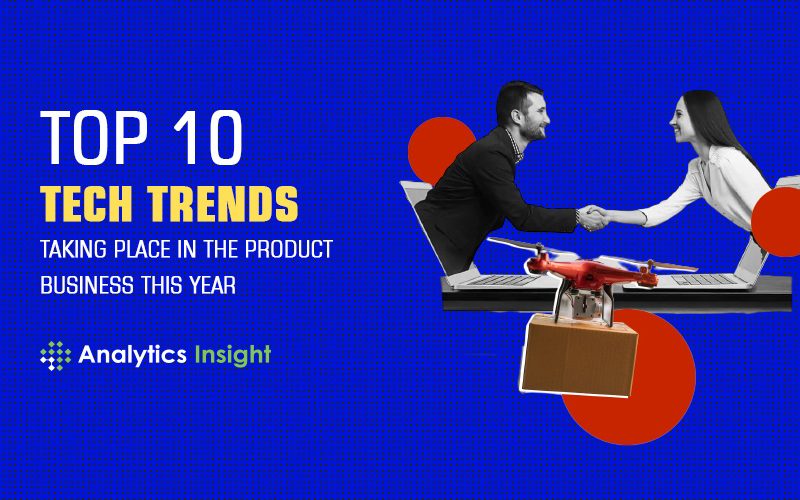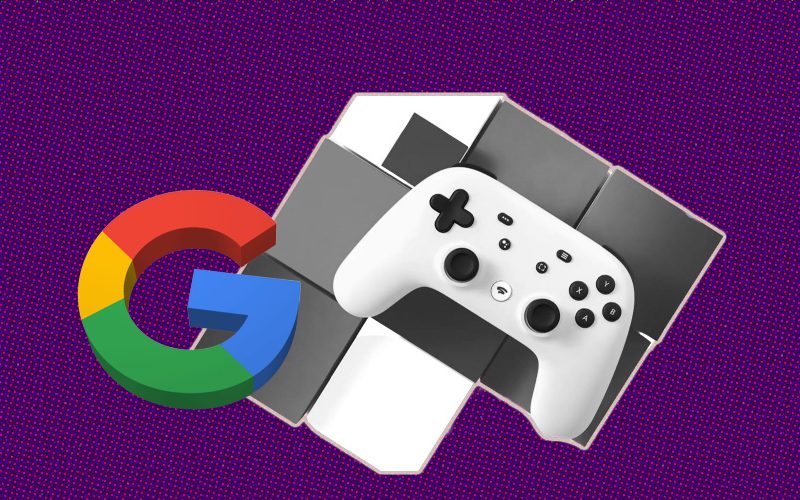What are the ten most important strategic technological trends, and why are they important?
Keeping up with the most recent technological advancements is crucial for any product-based organisation, whether it manufactures or sells software, sedans, sandals, or salsa. For instance, the Covid-19 epidemic sparked a boom in e-commerce, leading to the launch or expansion of numerous goods companies’ online retail operations. Not for the first time, and most definitely not for the last, has technology transformed the way that product-based businesses operate.
The tools and services to reach new customers, create marketing copy, gather and analyse customer data, and even take over product manufacturing are among the tech trends experts see coming to product-based businesses (and much more). These are the brand-new and cutting-edge technological advancements that will significantly affect product-based firms.
- Significant Language Models- A new class of artificial intelligence models that can comprehend and produce free-form text includes large language models like GPT-3. The use of LLMs in copywriting, synthesising insights from conversation transcripts, and helping engineers create better software are just a few of the outstanding application cases that we already observe.
- Telematics- The insurance market is changing as a result of automobiles’ capacity to communicate data via telematics. It not only makes pay-as-you-go pricing more reasonable, but it also makes it possible to conduct more precise risk assessments that are based on actual actions and are not demographically biased.
- Platforms for Decision Intelligence- Platforms for decision intelligence will change how we think, work, and create goods. Many businesses operate in a tiresome and unreliable manner. There is a way to make decisions with better support, and that will eventually result in consequences that can be predicted.
- Supply Chain Management Using AI- By fostering robust, adaptable, and dependable producers, AI is altering the supply chain crisis. Through data monitoring, smart analytics, and the detection of process deviations, AI analyses varying market/supply conditions in the consumer packaged goods industries to ensure products are not only on the shelf when expected, but also maintain the highest standards of ethical traceability, sustainability, and safety.
- Architecture for Distributed Applications- The number of software products is more than ever, yet there aren’t enough developers to create them all. The transition to distributed application architecture posed new difficulties for platform engineering, traditional development paradigms, and, more generally, the developer experience. It is a dynamic ecosystem that emphasises the developer experience and improving dev velocity.
- Applications Based on Gestures- The employment of gesture-based applications in a post-mobile era is one new piece of technology that will transform product-based commerce. More and more applications will rely on the physical movements of users to produce a certain application outcome as augmented reality and virtual reality develop. This will have a significant impact on how customers and companies use technology.
- 3-D printing- For businesses that make physical goods, 3D printing still has a long way to go despite having previously demonstrated a significant potential to transform several industries. Businesses cannot reap the benefits of flexible design, quick prototyping, adaptability, decreased waste, and cost- and time-effectiveness using conventional manufacturing techniques.
- Making Products as a Service- A game-changer is manufacturing as a service. Businesses that sell products can avoid the expenses associated with production, distribution, and shipping thanks to this business model. What Amazon did for computation and storage via AWS will be replicated by MaaS for product-based businesses.
- Digital Twins- Although they are not entirely new, digital twins are in demand right now. Every industry—from retail to manufacturing and beyond—needs virtual models as the world becomes increasingly digital. Businesses can test manufacturing procedures or enhance workflows thanks to digital twins. For instance, retail organisations can build a virtual mall or one-off store to mimic the customer experience and gain insightful data.
- NLP- It’s time for most product-based businesses to adopt natural language processing as a normal procedure. NLP should take the place of labor-intensive, slow keystrokes, especially in the SaaS sector. AI-powered NLP may consider both the grammatical meaning of words and human emotions.
Various trends will have varying effects on various enterprises. Most trends are tightly integrated, thus different technology combinations will likely be needed to compete at different stages of the business growth cycle. Understanding the short- and long-term business goals of their firms will be key for CIOs and IT leaders when choosing the top trends.






